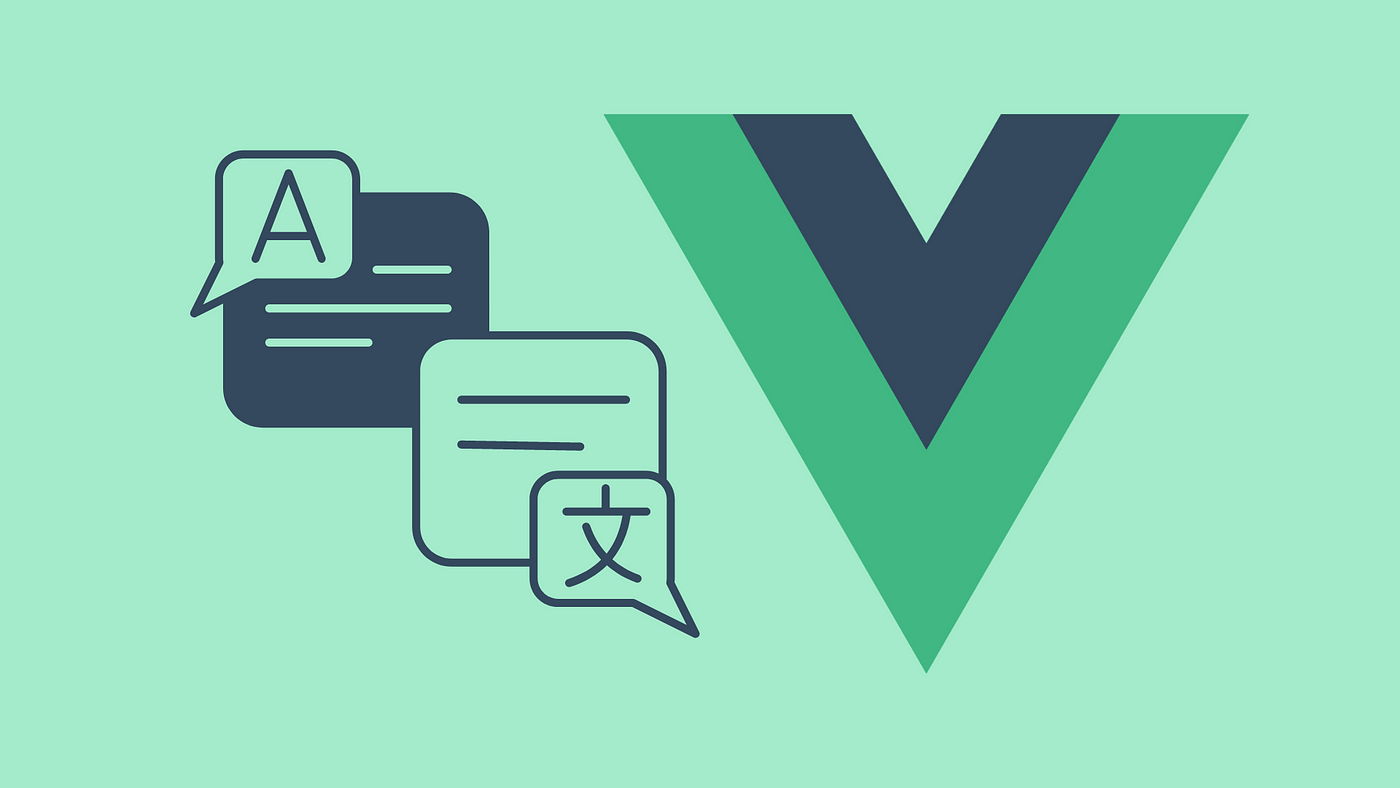How to setup i18n with Vue & Nuxt3

17 Apr 2023
Index
Why do you need i18n?
With i18n you can translate your entire web application in multiple languages and have access to few cool features as:
- Integration with Vue I18n
- Automatic routes generation and custom paths
- Search Engine Optimization
- Lazy-loading of translation messages
- Redirection based on auto-detected language
- Different domain names for different languages
Install and setup i18n
I'm going to use npm but you could install it with pnpm or yarn.
To get started let's install the package:
npm install @nuxtjs/i18n@next --save-dev
Now add @nuxtjs/i18n to the modules section in your nuxt.config.js/ts:
[nuxt.config.js/ts]
export default defineNuxtConfig({
modules: [
'@nuxtjs/i18n',
],
i18n: {
/* module options */
locales: ['en', 'it'], // list of locales in your site
defaultLocale: 'en', // default locale of your site
}
})
I suggest you to use a json or yaml file for every language you need. To do this you have to set some options in your i18n options inside nuxt.config:
- add
langDir: 'locales/' - add the list of your languages (
locales: [Array]):
[nuxt.config.js/ts]
locales: [
{ code: 'it', iso: 'it', file: 'it.json' },
{ code: 'en', iso: 'en-US', file: 'en.json' },
],
* You can find the list of ISO codes here
- create the folder
locales, as I write after thelangDiroption, in the main path of your project. - create the language file
.jsonor.yaml. Assume that you want to use italian and english as locales, you have to create 2 files nameden.jsonandit.jsonlike this:
[en.json]
{
// "i18n key": "word"
"title": "Welcome",
"desc": "What a wonderful day!"
}
[it.json]
{
"title": "Buongiorno",
"desc": "Che bella giornata oggi!"
}
If you don't have much text you can get rid of using json/yaml file and start using a i18n.config.ts file.
- create the
i18n.config.tsfile in the main path of your project. - link this file in your
nuxt.configfile by simply adding this linevueI18n: './i18n.config.ts':
[nuxt.config.js/ts]
i18n: {
// other options
vueI18n: './i18n.config.ts' // if you are using custom path, default
}
- edit the i18n config file:
[i18n.config.ts]
export default defineI18nConfig(nuxt => ({
legacy: false,
locale: 'en',
messages: {
en: {
"title": "Welcome",
"desc": "What a wonderful day!"
},
it: {
"title": "Buongiorno",
"desc": "Che bella giornata oggi!"
}
}
}))
Start using i18n in your project
Now you can access the i18n keys wherever you want inside your project. Let's try to use the keys I created in the example in a Vue component.
The syntax is $t('YOURKEY').
<template>
<div>
<h1>{{ $t('title') }}</h1>
<button>{{ $t('desc') }}</button>
</div>
</template>
<script setup>
//
</script>
In the DOM this result as:
Welcome
What a wonderful day!
 &
&